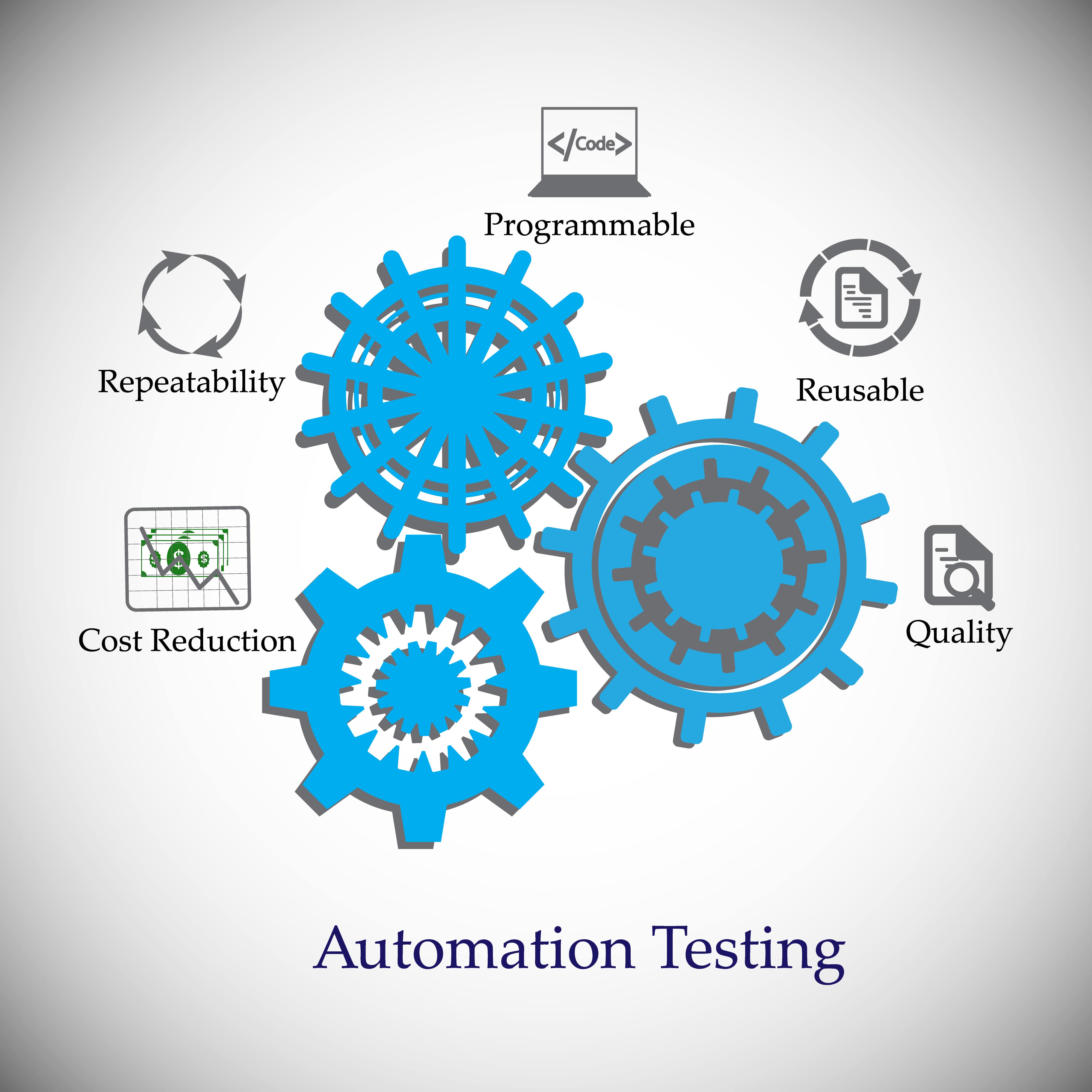Automation Testing: Key Steps to Streamline Growth Lifecycles
Automation Testing: Key Steps to Streamline Growth Lifecycles
Blog Article
From Guidebook to Automated Screening: A Comprehensive Overview to Transitioning Efficiently and Successfully
In the realm of software testing, the shift from guidebook to automated procedures has actually come to be a significantly crucial shift for organizations looking for to boost performance and accuracy in their testing practices. The trip from guidebook to automated testing is not without its challenges, yet when come close to tactically and with a clear strategy in mind, the advantages can be significant.
Advantages of Automated Testing
Automated screening provides various benefits, boosting effectiveness and accuracy in software application growth procedures. One main advantage is the considerable reduction in screening time. Automated examinations can be run at the same time on multiple tools and running systems, significantly quickening the screening phase contrasted to manual testing. This boosted efficiency permits faster responses on the top quality of the software application, allowing developers to determine and attend to problems immediately.
Furthermore, automated testing makes certain a greater level of precision in detecting flaws. Because automated examinations adhere to predefined manuscripts, human error is minimized, causing even more reputable test outcomes. Consistency in testing is likewise enhanced, as automated examinations implement the exact same actions exactly each time they are run. This consistency is essential in making certain that all capabilities of the software are thoroughly checked, minimizing the possibility of undiscovered pests slipping through to production.
Choosing the Right Devices

First of all, evaluate your goals and needs. Understand the scope of your project, the technologies included, and the capability of your group. This analysis will certainly assist you establish the capacities and functions you need in your testing devices.
Secondly, think about the compatibility of the devices with your existing procedures and systems. Seamless integration with your existing software application advancement lifecycle is crucial to guarantee a smooth shift to automation.
Furthermore, evaluate the scalability and flexibility of the tools. As your screening needs develop, the devices need to be able to adjust and fit changes successfully.
Last but not least, factor in the support and community around the devices. When carrying out automated screening, robust assistance and an active individual community can supply valuable resources and aid. By very carefully considering these facets, you can select the right devices that straighten with your demands and established the stage for an effective change to automated testing.
Composing Effective Test Manuscripts

When crafting examination scripts, it is necessary to take into consideration the specific requirements of the software application being checked and guarantee that the manuscripts attend to all vital functionalities. Clear and detailed calling conventions for test scripts and examination cases can improve readability and maintainability. Additionally, including error handling systems within the test scripts can help in determining and resolving problems promptly.
Moreover, organizing examination manuscripts into modular elements can boost reusability and scalability, minimizing redundancy and enhancing effectiveness in examination script maintenance. Routine testimonials and updates to test scripts are critical to keep speed with evolving software application needs and functionalities. By adhering to these principles, testers can create durable and reliable examination manuscripts that add significantly to the success of automated testing procedures.
Integrating Automation Into Workflows
By effortlessly integrating automated screening tools like Selenium or Appium right into the software application growth lifecycle, teams can attain faster comments on code adjustments, leading to quicker insect discovery and resolution. This combination permits for continuous screening throughout the development procedure, ensuring that any kind of issues are recognized early on, resulting in higher software program quality. Correct integration of automation devices calls for collaboration between growth, screening, and operations groups to develop a unified workflow that maximizes effectiveness and effectiveness in supplying top notch software application products.
Ensuring a Smooth Shift
Successfully transitioning to automated testing entails meticulous planning and mindful execution to maximize and decrease interruptions effectiveness in the software advancement procedure - automation testing. To make sure a smooth change, it is important to start by carrying out a comprehensive evaluation of the existing testing processes and determining locations where automation can bring one of the most significant benefits. Engaging with all stakeholders early in the procedure, consisting of developers, testers, and job supervisors, advice is crucial for garnering assistance and buy-in for the automation initiative
Interaction is vital throughout this change stage. Clear communication of the goals, benefits, and assumptions of automated screening assists to handle any type of resistance or issues that may arise. Additionally, giving ample training and sources for team members to upskill in automation tools and techniques is vital for guaranteeing an effective shift.

Verdict
Finally, transitioning from handbook to automated testing uses many benefits, consisting of increased efficiency and reliability. By selecting the suitable devices, composing efficient examination manuscripts, and incorporating automation effortlessly right into operations, companies can guarantee a smooth and effective change. It is necessary to accept automation as a beneficial asset in software testing processes to boost general high quality and productivity.
In the realm of software program screening, the change from handbook to automated processes has come to be a significantly crucial shift for organizations seeking to boost effectiveness and accuracy in their testing methods. Automated tests can be run at the same time on several gadgets and operating systems, dramatically speeding up the screening phase contrasted to manual testing. Uniformity in screening is likewise boosted, as automated tests perform the same actions specifically each time they are run.To make certain the successful implementation of picked screening devices, the development of reliable examination manuscripts plays a vital role in validating the capability and performance of automated procedures - automation testing. By adhering to these concepts, testers can develop robust and efficient examination manuscripts that contribute significantly to the success of automated testing procedures
Report this page